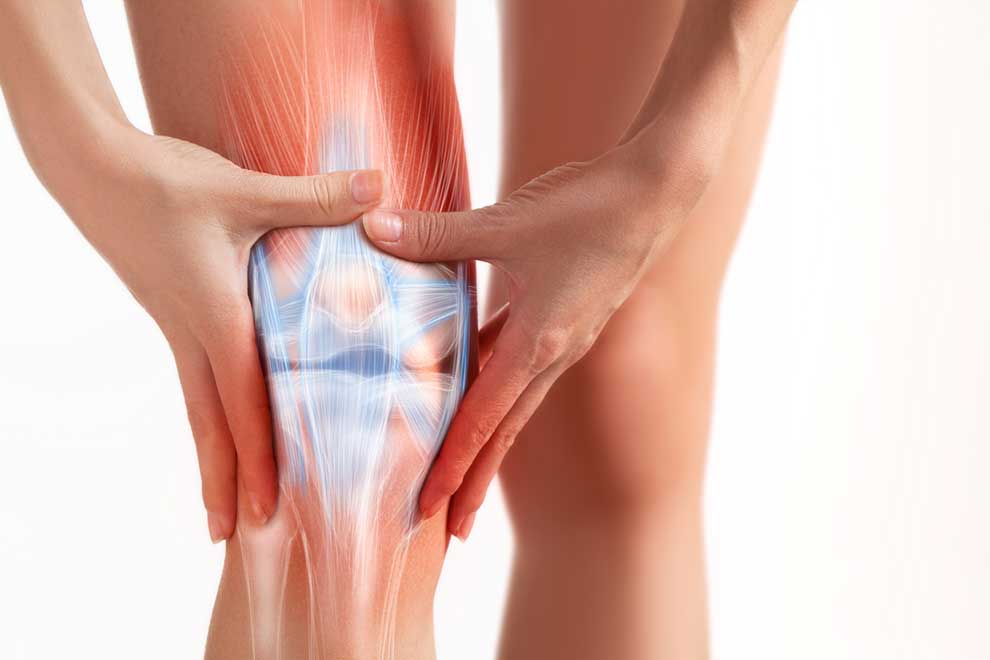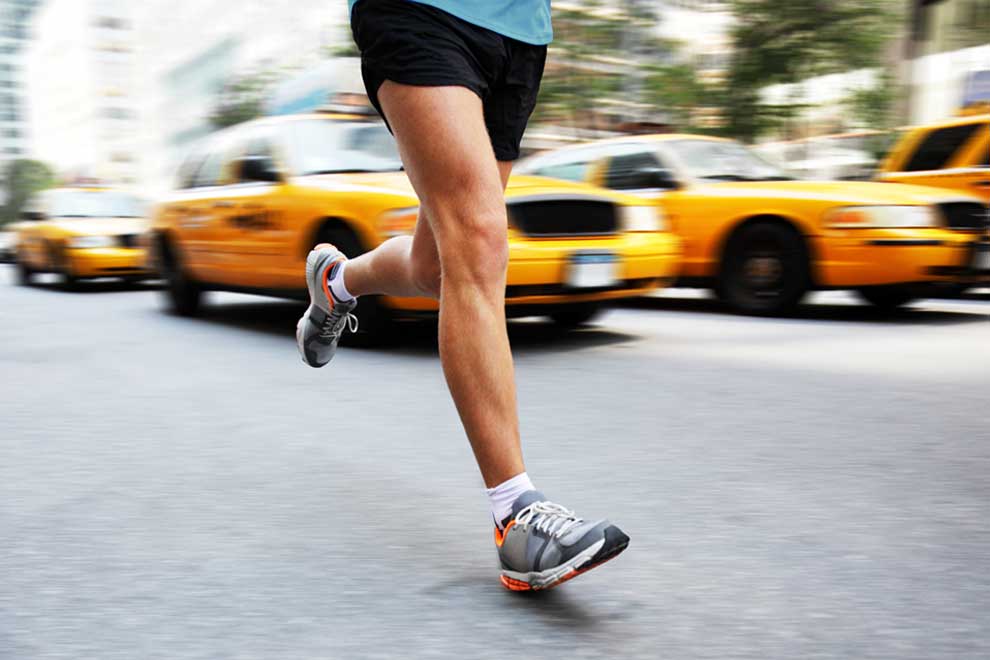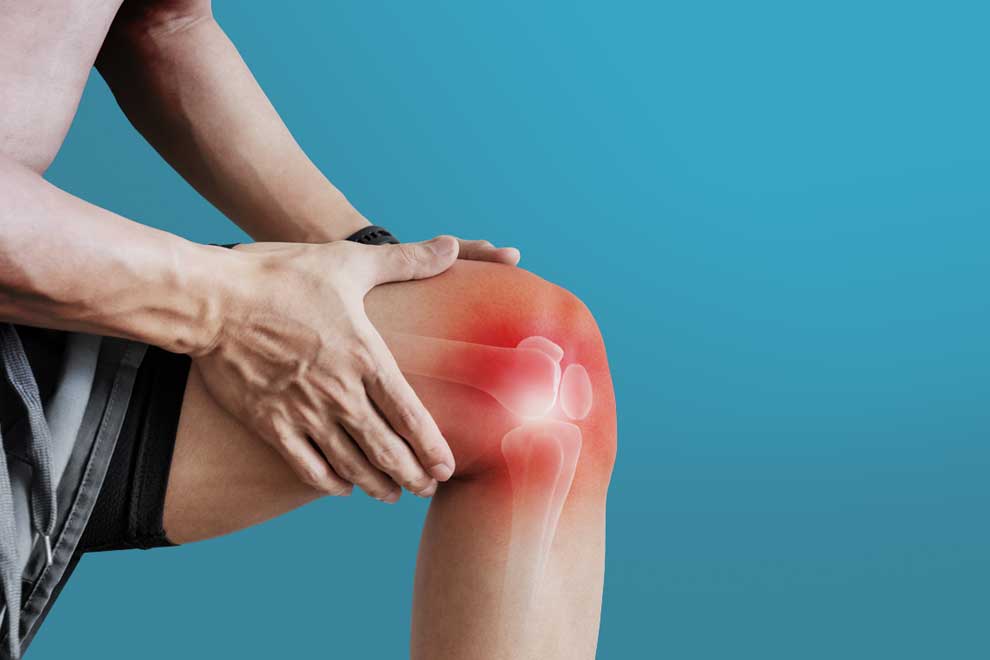
Runner's knee, also known as patellofemoral pain syndrome, is a common condition among runners and athletes. It occurs when the knee joint experiences stress and strain, causing pain and discomfort around the front of the knee. As a specialist in sports medicine, Dr. Tafler has years of experience in treating runner's knee. In this article, we will explore his approach to treating this condition.
Diagnosis
The first step in treating runner's knee is to diagnose the cause of the pain. Dr. Tafler starts by taking a thorough medical history of the patient, including information about their running habits, injury history, and physical activity level. He also performs a physical examination of the knee, looking for signs of pain, swelling, and tenderness.
In some cases, Dr. Tafler may recommend imaging tests such as X-rays, MRI, or CT scans to get a better understanding of the condition. These tests help him determine the extent of the injury and the appropriate treatment plan.
Non-Surgical Treatment
In most cases, runner's knee can be treated without surgery. Dr. Tafler starts by prescribing rest, ice, and over-the-counter pain medication to relieve pain and reduce inflammation. He also recommends physical therapy exercises to help strengthen the muscles around the knee, improve flexibility, and reduce pain.
In addition to physical therapy, Dr. Tafler may also suggest using knee braces or supports to reduce stress on the knee joint. He may also prescribe orthotics or shoe inserts to correct any gait abnormalities and provide additional support to the knee.
Surgical Treatment
In severe cases of runner's knee, surgery may be necessary. Dr. Tafler performs arthroscopic surgery, a minimally invasive procedure that allows him to repair damaged tissues and alleviate pain. The surgery involves making small incisions in the knee and using a camera to view the inside of the knee joint.
After the surgery, Dr. Tafler provides detailed post-operative instructions and a physical therapy plan to help the patient recover quickly and regain their strength. He also follows up with patients regularly to monitor their progress and make any necessary adjustments to the treatment plan.
Conclusion
Runner's knee can be a painful and debilitating condition for runners and athletes. With the right treatment, however, it can be effectively managed and treated. Dr. Tafler's approach to treating runner's knee combines a thorough diagnosis, non-surgical treatments, and, if necessary, surgery to provide patients with the best possible outcome. If you're experiencing pain and discomfort in your knee, don't hesitate to contact Dr. Tafler for a consultation.
There are many different factors that can contribute to a runner’s knee injury. Causes can include:
This knee injury is most commonly the result of movements that overload the knee joint. Fortunately, there are rarely structural issue involved, so most patients can expect a full recovery from runner’s knee. Osteopathic care can be an effective way to expedite that healing process.


These knee conditions generally involve persistent pain and aching sensations behind and around the patella. That pain is commonly increased during activities like:
For patients suffering from IT band syndrome, the pain is most commonly felt on the outside of the knee. Unfortunately, that can cause patients to mistakenly assume that they have injuries such as a meniscus tear. An MRI can quickly differentiate between the two conditions, however, to ensure a proper diagnosis.
The good news is that these conditions can be treated, to help you return to running. In most instances, surgery is unnecessary. Symptoms can be managed using traditional remedies like rest, ice packs, compression bandages, and proper elevation to reduce swelling. For many patients, osteopathic care also plays a vital role in facilitating recovery so that they can get back to running as quickly as possible.
Osteopathic treatment options can include manual manipulation, runner’s knee stretches, rehabilitation exercises, lifestyle changes, and educational resources about recovery and prevention of future injuries. Your osteopath can provide more information about the best treatment options to aid in your recovery.

For the many patients who have received osteopathic care from Leonid Tafler, D.O., the results speak for themselves. Still, those patient testimonials are an important way for others to learn about the potential benefits they too can receive from osteopathic treatment. The following testimonials are from patients who provided feedback about their visits, delivered in their own words. These testimonials and patient results are presented as examples of osteopathy’s potential benefits.
Knee injuries can be both painful and debilitating, but they don’t have to prevent you from enjoying the activities you love. Leonid Tafler, D.O. has the experience and expertise needed to treat these conditions and help you successfully recover in an expedited manner. If you are experiencing any of these knee-related symptoms, contact us today to schedule an appointment, diagnosis, and treatment that can get you up and running again.